Friends of Rio Vista distributes bimonthly bulletins via email and publishes key information from these bulletins here. To start receiving our bulletins, sign up here.
In this issue, we focus on two major transformations — Paths to Habitat and the City of Tucson master plan — in store for Rio Vista and for all of us who love it. And we invite each of you to be an agent of change — with your hands, with your voice, with your talents and skills. Ask not what your park can do for you. (We all know that this unique wild place is good for body and soul.) Ask what you can do for your park. Thank you so much for your support for protecting and enhancing the natural assets of Rio Vista.
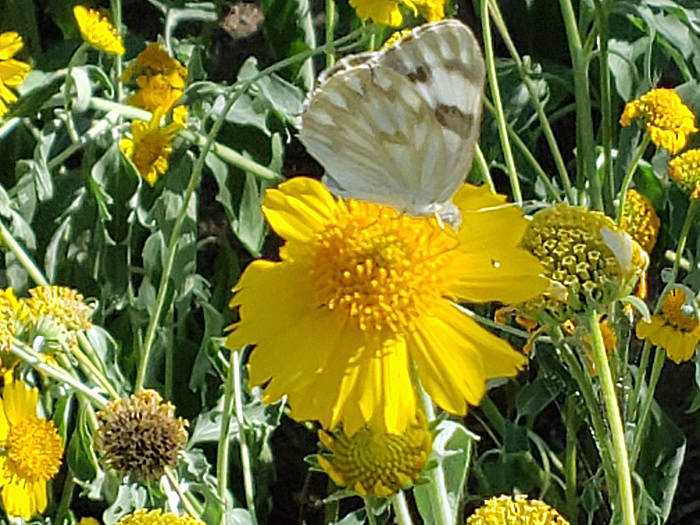
Paths to Habitat: Reclaiming Lost Bits of the Ecosystem
All of us who love the park know that recovering the habitat lost to “trail abuse” is a primary conservation goal at Rio Vista. That’s why Friends of Rio Vista and our partner Strategic Habitat Enhancements, LLC (SHE), are happy to launch Paths to Habitat, an “ecological maintenance” project to convert unauthorized (“rogue”) trails into homes for native plants and wildlife.

One of the initiatives of the Rio Vista Conservation Project, Paths to Habitat is a follow-on to our 2019–2020 collaboration with Tucson Parks and Recreation (Tucson Parks) to close rogue trails. Carianne Funicelli, a restoration consultant and SHE’s principal, developed the plan for Paths to Habitat. Plan development was funded by an unsolicited gift from a generous donor.
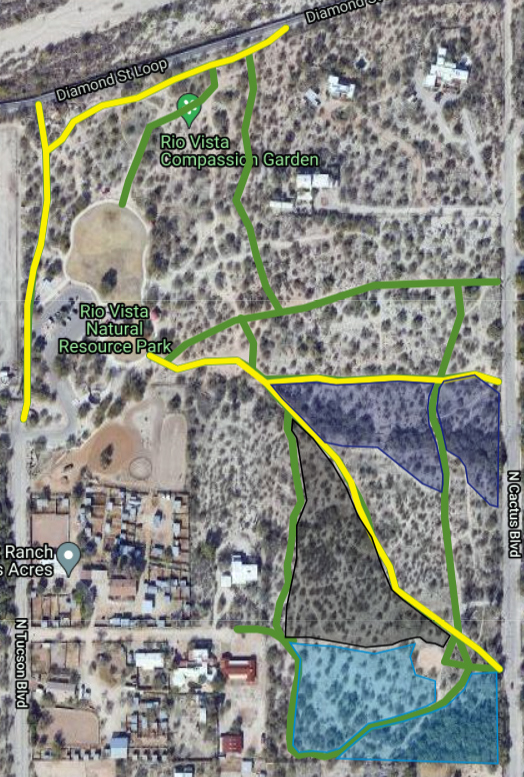
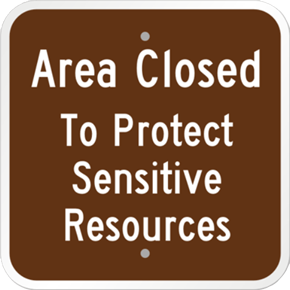
Carianne based the Paths to Habitat Plan on the results of the plant survey that Friends of Rio Vista’s partner the Arizona Native Plant Society conducted in 2020 and 2021. She also relied on the trail-closure maps drafted by Catlow Shipek for the Rio Vista Conservation Project in 2019. Carianne’s scientifically rigorous plan was peer reviewed by Tucson Audubon Society staff and was approved by Tucson Parks in March of this year.
The Paths to Habitat plan calls for implementation in eight Trail Rehabilitation Areas within the park. It outlines site preparation (for example, soil decompaction and water harvesting), choice and installation of native plants, maintenance, monitoring, and cost. Thanks to contributions from several caring donors, we have the funds to start a pilot effort in the richest and ecologically most sensitive part of the park ecosystem. We’re coordinating with Ann Jefferson and Sean Nicholson of Tucson Parks operations on the details of closure signs, brush, and more. Tom Fisher, Tucson Parks’ project manager for the Rio Vista master plan, has kindly offered to investigate trail barriers to replace the sagging sawhorses set up more than two years ago.
End Trail Abuse: Be a Volunteer or Donor for Paths to Habitat
During the past two years of the pandemic, many people have found peace and solace while walking Rio Vista’s trails and attuning themselves to the park’s natural spaces. Are you one of them? Would you like to create more safe places for the wild inhabitants of Rio Vista? If so, please consider volunteering your time or making a financial contribution to Paths to Habitat.
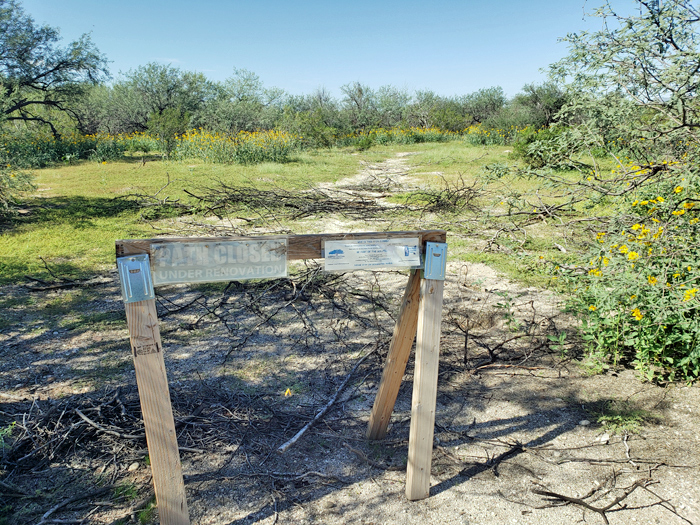
We’re establishing a roster of volunteers for help ranging from placement of brush and signs on trails to hand watering and weeding to fieldwork coordination. If you’d like to be on the roster, please e-mail us with “Paths to Habitat volunteer” in the subject line.
We’d also welcome your tax-deductible contribution. All donations go directly to support Friends of Rio Vista’s projects. Thank you so much for your devotion to the park!
Stakeholder Strength in Numbers: Responses to Friends of Rio Vista’s Position Statement on the Master Plan
In April, Tucson Parks announced the beginning of the city’s master-planning process for Rio Vista Natural Resource Park. In response, Friends of Rio Vista drafted a position statement on the master plan and sent it to all of you on our mailing list, asking for support and additional comments.
We’re so grateful to the 70 individuals who’ve responded so far. Twelve identified Tucson neighborhoods are represented, as well as Scottsdale, Arizona; Burlington, Vermont; and Charlottesville, Virginia. Many respondents added excellent comments with detailed recommendations for ways to protect and enhance the ecological integrity of the park.
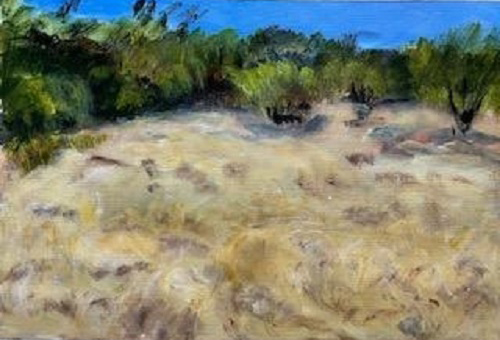
We’ve compiled all the responses verbatim (but without respondents’ contact information) in a report to Tucson Parks and SmithGroup, the consulting firm working with the city on the master plan. But it’s not too late to send a message of support if you haven’t done so yet. To get a copy of the Friends of Rio Vista position statement and the instructions for your response (it takes one minute!), please please e-mail us with “Position statement” in the subject line.
Deepest thanks to the park lovers who shared our original message or reminders with others. More than 20 percent of the respondents have been new to our mailing list.
We’ve met with Tom Fisher, Tucson Parks’ manager for the master plan, and are encouraged by the direction that the plan is taking. Stay tuned for more updates and opportunities to speak up—and thank you for sharing your vision for the park!
Rio Vista through Your Lens — or Brush: Building a Library of Images
When you’ve visited Rio Vista, have you photographed a trotting coyote or a riot of native wildflowers after the monsoon? Have you painted an image of the park’s landscape or sketched the details of a catclaw acacia pod? Have you shot a video of a sunset or a Phainopepla calling from a mistletoe clump? We’re building an archive of images of the park’s natural area and its inhabitants for publications and for our forthcoming website. We would love to be able to include your photos, paintings, drawings, or other images. Captioned credit will be given for any contributed images that we feature.
If you’d like to contribute an image, please e-mail our web designer, Nancy. Thank you so much!
